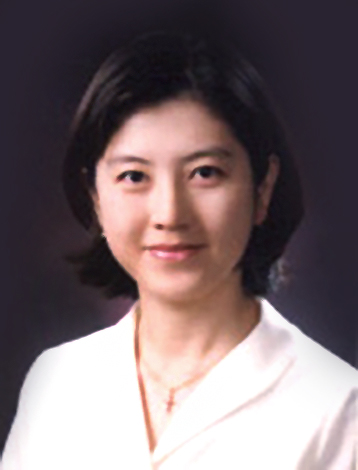본문
Phonetic Systems of Foreign Languages
By Prof. Eunjin Oh (ejoh@ewha.ac.kr)
Department of English Language and Literature
In contrast to the traditional view of phonetics as a non-linguistic field studying the physical aspects of speech sounds, this book was constructed to demonstrate theoretical and empirical aspects that phonetic information shows systematic differences according to individual languages as phonology through a new perspective exploring phonetic systems of foreign languages. This is because the results that learners gradually learn the detailed phonetic information of foreign languages inversely prove that the phonetic systems of native and foreign languages systematically differ. The data of learners seem to imply crucial issues to phonetic and phonological theories, as well as the importance of foreign language speech data themselves. The key findings related to the sound patterns of foreign languages were overviewed by topics, modelling the speech data of learners to foreign language and general phonetic theories, and checked the details in need to develop the theories. The status of the field for phonetic systems of foreign languages was presented micro and macroscopically, and served as a starting point for presenting new research questions.
Preface described the central issues and overall structure of the book, and chapter 1 describes concepts to understand the phonetic phenomena of foreign languages and cross-language comparisons of phonetic systems focusing on Korean and English. Chapter 2 provides general methods used in experiments of foreign language speech, and chapter 3 describes the phonetic phenomenon representing systematic differences according to individual languages and discusses what these differences imply to the grammar related to speech sounds. Chapter 4 aimed to provide a bigger picture of learning speech sounds, including native and foreign languages, by outlining the acquisition processes of native phonetic systems. Chapter 5 surveys phonetic theories regarding sound patterns of foreign languages and general phonetic theories. Chapter 6 surveys the results of experimental studies on foreign sound patterns at phonetic levels. Chapter 7 discusses the experimental results on English sound patterns realized by Korean learners of English.
Chapters 1 and 2 were written for reference by interested readers in other fields such as psychology, cognitive science, brain science, and speech technology, and starting from chapter 3 the full-scale discussion was developed in an attempt at proving phonetic grammar. For example, considerable articulatory or acoustic studies have reported that the phonetic systems of bilingual speakers are operated by one unified system rather than two separate systems. The experimental results were verified through the development of brain imaging techniques, and it was further discussed how this can influence the direction of future research in this field. The use of brain imaging techniques has also suggested the importance of the initial age of exposure to foreign languages on developing phonetic systems. Also, the methodologies used in discussed studies were introduced when necessary so that readers can apply various experimental methods to their research.


* Related Book
Phonetic Systems of Foreign Languages was published by Hankookmunhwasa on October 30, 2015, 409 pages













